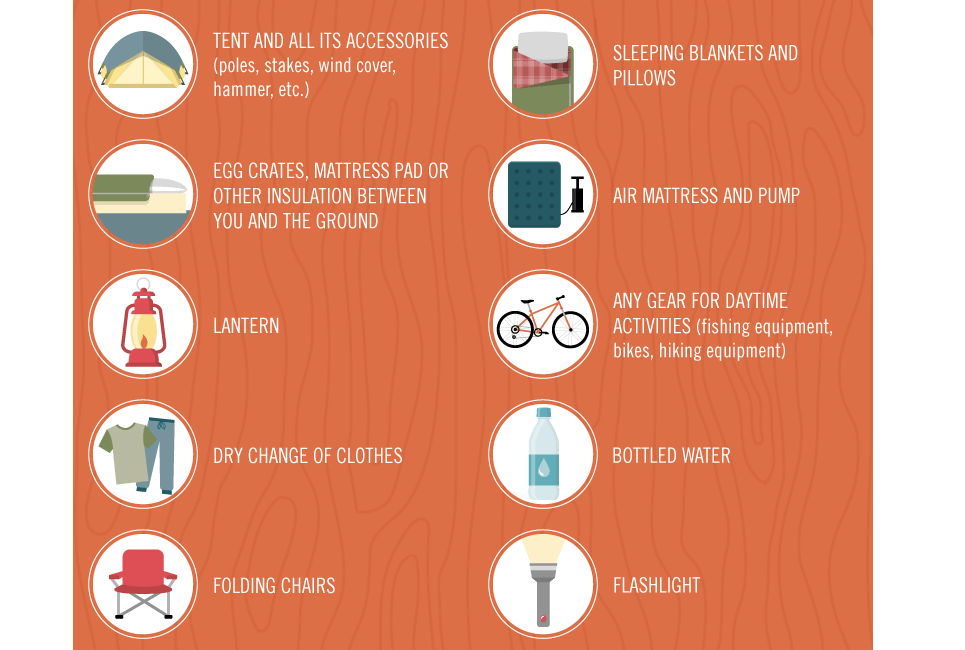Winter season outdoor camping is a fun and daring experience, however it requires appropriate gear to guarantee you stay cozy. You'll need a close-fitting base layer to catch your body heat, in addition to an insulating coat and a water resistant covering.
You'll additionally require snow risks (or deadman anchors) buried in the snow. These can be tied using Bob's clever knot or a regular taut-line drawback.
Pitch Your Outdoor tents
Winter months outdoor camping can be an enjoyable and daring experience. Nevertheless, it is essential to have the appropriate gear and know just how to pitch your outdoor tents in snow. This will certainly stop chilly injuries like frostbite and hypothermia. It is also important to consume well and remain hydrated.
When setting up camp, ensure to pick a website that is protected from the wind and without avalanche danger. It is also an excellent concept to pack down the area around your outdoor tents, as this will certainly help reduce sinking from body heat.
Prior to you set up your tent, dig pits with the same dimension as each of the anchor factors (groundsheet rings and person lines) in the center of the tent. Load these pits with sand, stones or even things sacks full of snow to compact and safeguard the ground. You might likewise want to take into consideration a dead-man anchor, which involves linking camping tent lines to sticks of wood that are hidden in the snow.
Pack Down the Area Around Your Outdoor tents
Although not a requirement in most locations, snow stakes (also called deadman supports) are an outstanding addition to your camping tent pitching kit when outdoor camping in deep or compressed snow. They are basically sticks that are made to be buried in the snow, where they will certainly freeze and produce a strong support point. For ideal results, use a clover drawback knot on the top of the stick and bury it in a couple of inches of snow or sand.
Set Up Your Outdoor tents
If you're camping in snow, it is a great concept to utilize a tent created for winter season backpacking. 3-season outdoors tents work great if you are making camp below tree line and not anticipating especially extreme weather, yet 4-season tents have tent footprint tougher poles and textiles and offer even more protection from wind and hefty snowfall.
Be sure to bring appropriate insulation for your sleeping bag and a cozy, completely dry inflatable floor covering to sleep on. Inflatable floor coverings are much warmer than foam and help stop cold areas in your outdoor tents. You can likewise include an extra floor covering for sitting or food preparation.
It's additionally a great concept to set up your camping tent near a natural wind block, such as a team of trees. This will make your camp a lot more comfy. If you can't locate a windbreak, you can create your own by excavating holes and burying things, such as rocks, tent risks, or "dead man" supports (old tent person lines) with a shovel.
Restrain Your Tent
Snow risks aren't essential if you use the ideal strategies to anchor your camping tent. Hidden sticks (maybe gathered on your strategy hike) and ski poles function well, as does some variation of a "deadman" buried in the snow. (The idea is to develop a support that is so strong you won't have the ability to draw it up, even with a lot of initiative.) Some manufacturers make specialized dead-man anchors, however I favor the simplicity of a taut-line hitch connected to a stick and afterwards hidden in the snow.
Know the terrain around your camp, specifically if there is avalanche threat. A branch that falls on your tent might harm it or, at worst, wound you. Also be wary of pitching your camping tent on an incline, which can catch wind and lead to collapse. A sheltered area with a reduced ridge or hillside is far better than a high gully.
